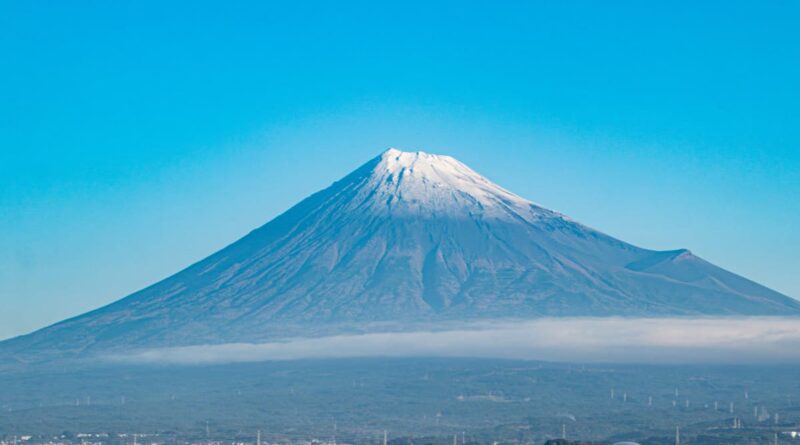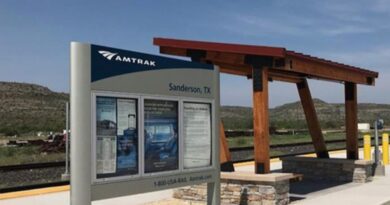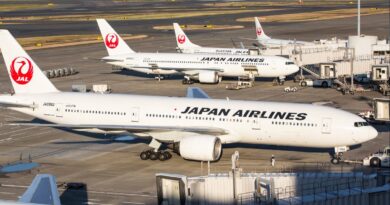Japan’s Mount Fuji eyes tram to tackle carbon footprint and overtourism
Your support helps us to tell the story
From reproductive rights to climate change to Big Tech, The Independent is on the ground when the story is developing. Whether it’s investigating the financials of Elon Musk’s pro-Trump PAC or producing our latest documentary, ‘The A Word’, which shines a light on the American women fighting for reproductive rights, we know how important it is to parse out the facts from the messaging.
At such a critical moment in US history, we need reporters on the ground. Your donation allows us to keep sending journalists to speak to both sides of the story.
The Independent is trusted by Americans across the entire political spectrum. And unlike many other quality news outlets, we choose not to lock Americans out of our reporting and analysis with paywalls. We believe quality journalism should be available to everyone, paid for by those who can afford it.
Your support makes all the difference.
Authorities in Japan seeking to reduce the carbon footprint and overcrowding at Mount Fuji is set to propose a trackless, rubber-tyred tram to transport climbers.
The system will be made by China’s CRRC.
The new proposal, which has not been previously reported, would replace the original plan to build a light-rail system connecting the base to the fifth hiking station of the popular Yoshida Trail to the top after a local city and other parties, voiced concern over its environmental and cost impact.
Yamanashi Prefecture, home of the most popular route used by climbers of the 3,776-metre (12,3388-foot) volcano, is set to announce the plan soon, the person told Reuters, asking for anonymity because the information is not yet public.
Mount Fuji, which straddles Yamanashi and Shizuoka prefectures, is one of the most popular tourist destinations in Japan, whose numbers have surged in recent years.
Pollution from the constant stream of tourist buses and cars arriving at the fifth station, as well as overcrowding on the trails, have become headaches for authorities seeking to clean up the site, which Japanese people hold sacred.
Mount Fuji was listed as a UNESCO World Heritage site in 2013, further boosting its appeal. But the distinction came on the condition that Japan reduce overcrowding, environmental harm from visitors, and fix the artificial landscape, such as the large parking lots constructed to accommodate tourists.
Shanghai-listed CRRC’s “Autonomous Rapid Transit” is a new-generation tram that uses magnetic road markings and can be operated unmanned.
Yamanashi prefecture plans to use locally produced hydrogen to power the tram, the source said. The transit system is expected to slash the project’s cost by as much as 40% from the roughly 140 billion yen ($895 million) estimated for the rail system, said the source.
The new plan would allow the prefecture to use the existing Fuji Subaru Line toll road and prohibit the entry of all private vehicles and sightseeing buses, the person said. The prefecture hopes to conduct a pilot run as early as the next fiscal year starting in April.
Yamanashi is also aiming to build a tram network that would extend to local municipalities and connect to a magnetic levitation rail system planned by Central Japan Railway in the 2030s, the person said.
Yamanashi prefecture declined to comment on the plan.
During the summer climbing season between July to September this year, the mountain hosted 204,316 climbers. Authorities have said they hoped to control the number of visitors through a public transit system.




